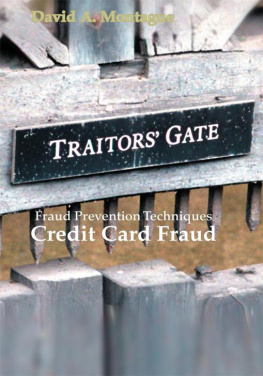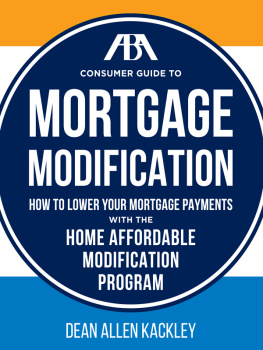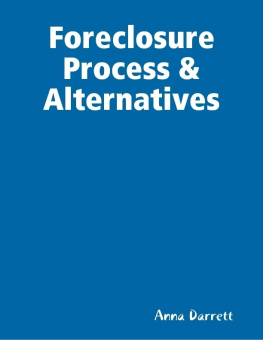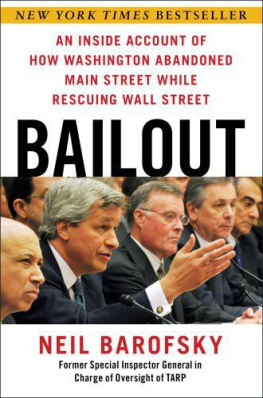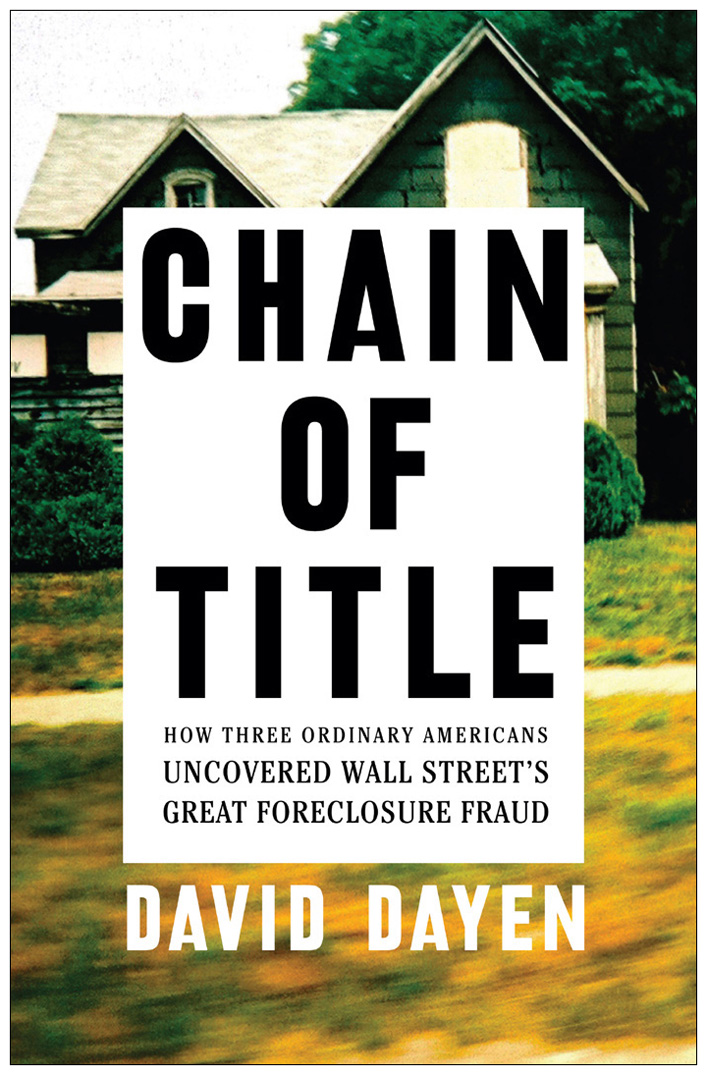MORE PRAISE FOR CHAIN OF TITLE
Dayen illuminates how, during the past 10 years, home buyers ended up illegally evicted from their residences as the result of dishonesty, greed, and heartlessness involving mortgage lenders, mortgage servicers, investment bankers, and unscrupulous lawyers.... An inspiring, well-rendered, deeply reported, and often infuriating account.
Kirkus (starred review)
Dayen brilliantly reveals the triumph of three ordinary Americans as they and their supporters exposed millions of foreclosure fraudsand their betrayal by law enforcement. He shows that the rule of law does not apply to Wall Street, and the result is an orgy of elite crime and plunder.
William K. Black, former federal bank regulator who helped convict more than one thousand bank executives during the savings and loan crisis and author of The Best Way to Rob a Bank Is to Own One
Heartbreaking, inspiring, and enraging all at the same time, David Dayens Chain of Title will leave you seething at one of the great crimes and injustices of the financial crisis. An essential book that humanizes the crisis by telling it through three remarkable individuals who refused to accept the label of victims and instead became crusaders for justice.
Neil Barofsky, former special inspector general, Troubled Asset Relief Program
David Dayen first wrote about foreclosures as a scruffy blogger and consistently beat almost every established financial reporter to the story. Now he has written the best history of that shameful period. The mortgage industry spent untold millions to spread the story they created from whole cloth after the crisis hit: families who lost their homes were mostly undeserving spendthrifts trying to shirk just debts. Chain of Title tells the real story and the real story should offend the sense of justice of every American with a conscience.
Former congressman Brad Miller (D-NC), original co-author of the section of the Dodd-Frank Act that created the Consumer Financial Protection Bureau

2016 by David Dayen
All rights reserved.
No part of this book may be reproduced, in any form, without written permission from the publisher.
Requests for permission to reproduce selections from this book should be mailed to:
Permissions Department, The New Press, 120 Wall Street, 31st floor, New York, NY 10005.
Published in the United States by The New Press, New York, 2016
Distributed by Perseus Distribution
978-1-62097-159-8 (e-book)
CIP data available
The New Press publishes books that promote and enrich public discussion and understanding of the issues vital to our democracy and to a more equitable world. These books are made possible by the enthusiasm of our readers; the support of a committed group of donors, large and small; the collaboration of our many partners in the independent media and the not-for-profit sector; booksellers, who often hand-sell New Press books; librarians; and above all by our authors.
www.thenewpress.com
Composition by Westchester Publishing Services
This book was set in Minion
Printed in the United States of America
10 9 8 7 6 5 4 3 2 1
Table of Contents
Guide
CONTENTS
There is a rot at the heart of our democracy, rooted in a nagging mystery that has yet to be unraveled. It gnaws at people, occupies their thoughts, leaves them searching for answers in the chill of the night. Americans want to know why no high-ranking Wall Street executive has gone to jail for the conduct that precipitated the financial crisis.
The oddest thing about the predominance of the question is that everyone already assumes they know the answer. They believe that too many politicians, regulators, and law enforcement officials, bought off with campaign contributions or the promise of a future job, simply allowed banker miscreants to annihilate the law in pursuit of profit. But they must not like the explanation very much, because they keep asking why, as if they want to be proven wrong, to be given a different story.
Maybe they dont like the implications of a government that lets Wall Street walk. It does too much violence to the conception of the country they have in their mind, with its ideals of justice and fairness. It explains the disempowerment people feel in the face of a rigged economic and political system, with differing standards of treatment depending on wealth and power. It engenders a loss of faith in core institutions, turning our democracy into a sideshow, where the real action happens offstage. It inspires people to don tricornered hats and protest crony capitalism, or pitch camp at the base of Wall Street and refuse to move. It generates a profound anxiety, for if bankers can bring the economy to the point of ruin and get away with it, whats to stop them from doing it again? It makes our economy seem too fragile, our laws too impotent.
Or maybe people just want the details filled in, to confirm their suspicions, so they can point fingers at those who created this two-tiered system of accountability. There must be a set of facts that prove were living in a new Gilded Age, where holders of prodigious wealth guide government policy the way a string guides a marionette. There must be a smoking gun.
Those details are available, but not where most chroniclers of the financial crisis have ever cared to look. They usually take a ten-thousand-foot view, recounting stories of the hubris of bank CEOs or tracking the swashbuckling, without-a-net exploits of those tasked with stanching the bleeding. But few have offered the perspective of millions of ordinary Americans, the ones who never visited a Wall Street office tower or a Washington conference suite, and who endured most of the suffering that resulted from the crash. At ground level, the crisis was not a cautionary tale of greed or an adventure plot: it was a tragedy, too casually hidden from view.
Starting in 2009as the crisis ragedthree of these ordinary Americans decided to take on this mystery for themselves, to fill in those details, to understand what Wall Street perpetrated and why. In so doing, they played a significant role in uncovering the largest consumer fraud in American history.
They didnt work in government or law enforcement. They were not experts in real estate law. They had no history of anti-corporate activism or community organizing. They had no resources or institutional knowledge. They were a cancer nurse, a car salesman, and an insurance fraud specialist, and they were all foreclosure victims. While struggling with the shame and dislocation and financial stress that foreclosure causes, they did something extraordinary: they read their mortgage documents. Wall Streets scheme was not hidden but readily apparent in millions of pieces of documentary evidence, and to be a whistleblower, you just had to pay attention.
All whistleblowers are a little bit crazy. They obsess over things most people overlook. They see grand conspiracies where others see only shadows. In this case, these whistleblowers, armed with only a few websites and a hunger for the truth, found that the mortgage industry fundamentally ruptured a centuries-old system of U.S. property law; that millions of documents generated to foreclose on peoples homes were phony; and that all those purchasing a mortgage in America were taking a gamble that they would be tossed onto the street with nothing, even if they made every payment and played by the rules. Virtually everyone to whom they presented this information reacted the same way: That cant be true. Right up until the day the banks admitted it.


